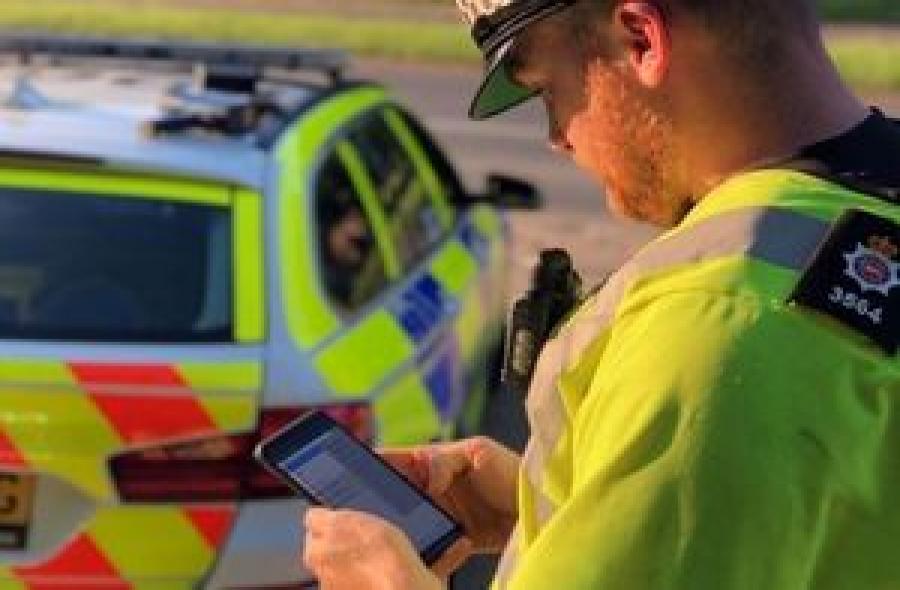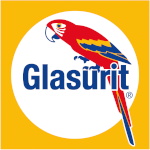DVLA & Home Office Bring Latest Tech to Police Roadside Checks

Published: 13/07/2021
DVLA and the Home Office have developed technology to allow police officers dealing with motoring offences to confirm a driver’s identity at the roadside.
The technology to allow police to get instant access to a driver’s photo at the roadside, in the case of motoring offences, has been developed by DVLA, as the agency delivers more services at the forefront of technology in government.
Supporting the focus on digitisation within law enforcement, DVLA has worked with the Home Office to give police officers access to the photograph held on DVLA’s driver database at the roadside. This now means, in the case of motoring offences, officers can confirm the correct identity of a driver almost instantly. This technology is currently in use by 18 police forces with plans to roll out to a further 10 police forces across the UK in the coming weeks.
Without this technology, it can take up to 16 minutes for officers to confirm a person’s identity as the officer often needs to spend additional time validating the information given by the driver as the truth. In some cases this can result in an arrest as the motorist is brought to the station to complete the checks.
While the use of DVLA data in this context is confined to motoring offences, the technology, which was first piloted in August 2019, has resulted in significant benefits to the police and motorists.
By June 2021:
- the technology has saved over 14,000 hours for Road Police Unit Officers and Local Policing Officers – meaning more time for patrolling, supporting investigations and community work
- roadside checks are now up to 66% faster meaning motorists can get back on the road quicker
- 86,513 driver licence images have been accessed by police support confirming the identity of motorists at the roadside
DVLA is working with the Home Office to roll-out the service to a total of 46 police forces across the UK.
This comes as the agency continues to develop digital solutions for motorists, including plans to introduce a digital provisional licence to assess the viability of a digital driving licence before looking to introduce a digital licence for full licence holders. During the pandemic, DVLA launched 3 new digital services offering customers quicker and easier ways to complete transactions.
Roads Minister Baroness Vere said:
"This government is constantly striving to be at the forefront of technological advances and this particular development will not only free up valuable police time but also make sure innocent drivers can get back on their journeys quicker."
Julie Lennard, DVLA Chief Executive, said:
"As a digital organisation we are always looking at ways to bring technological developments into the public domain – providing improvements that can directly benefit citizens."
"The ability to support quicker and more robust roadside checks for motoring offences through the better use of technology is something we were pleased to help deliver."
Steve Thomson, National Law Enforcement Data Programme (NLEDP) Director said:
"Working in partnership, the Home Office, policing and DVLA are showcasing new functionality demonstrating how we can provide access to integrated information by working across suppliers, departments and police forces."
"The service is delivering tangible operational benefits to policing and to the public and in future, the Law Enforcement Data Service (LEDS), will provide an enhanced suite of products and capabilities to support modern policing."










